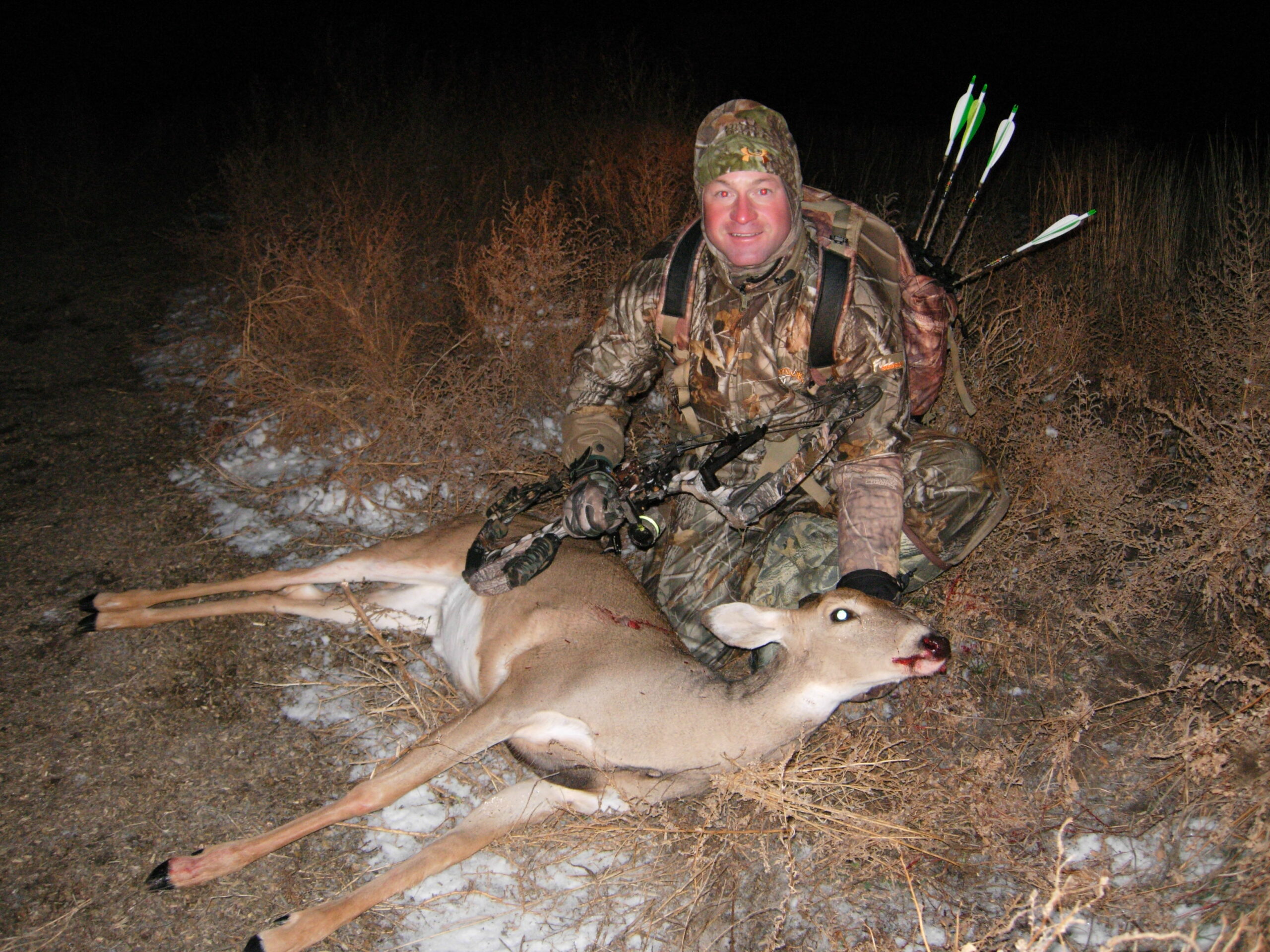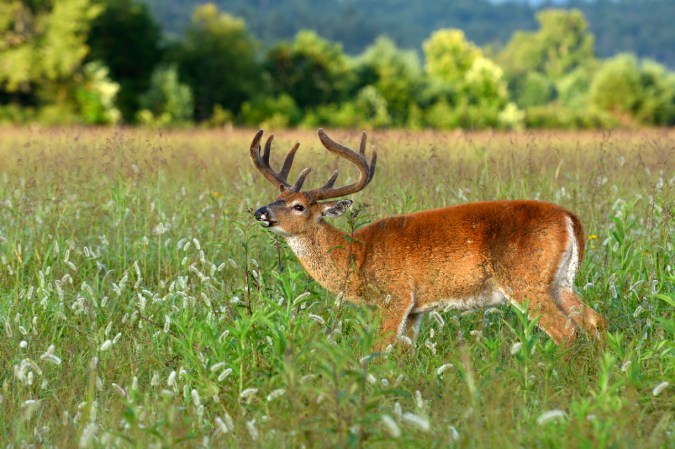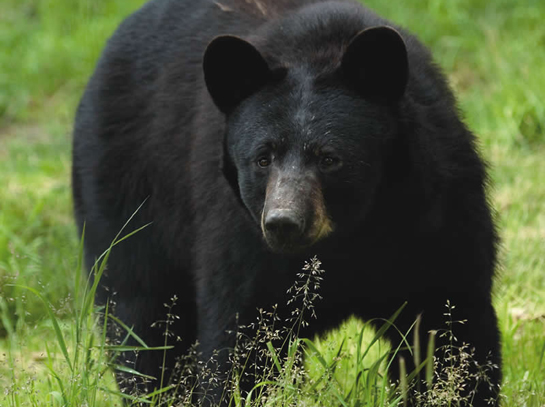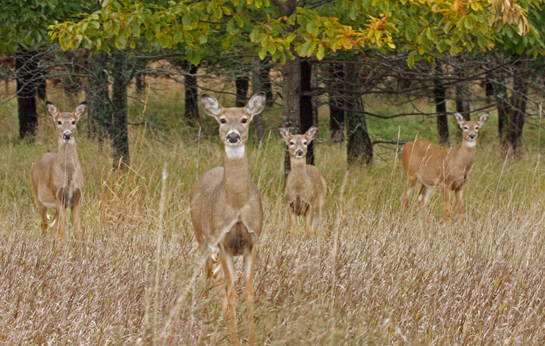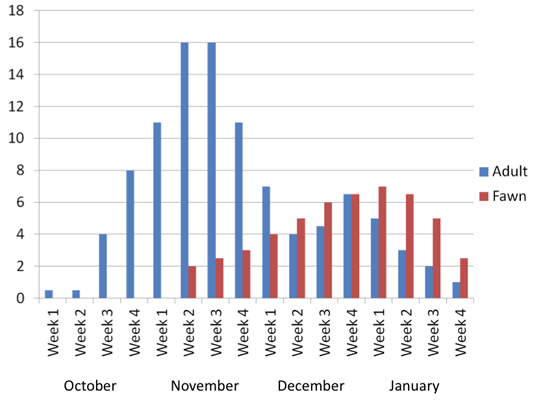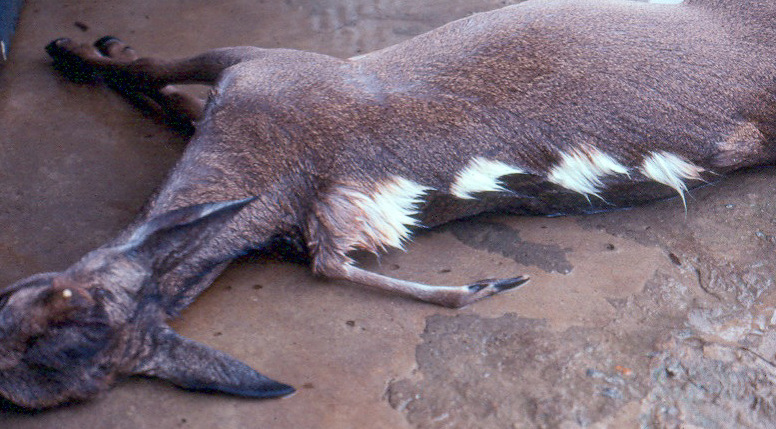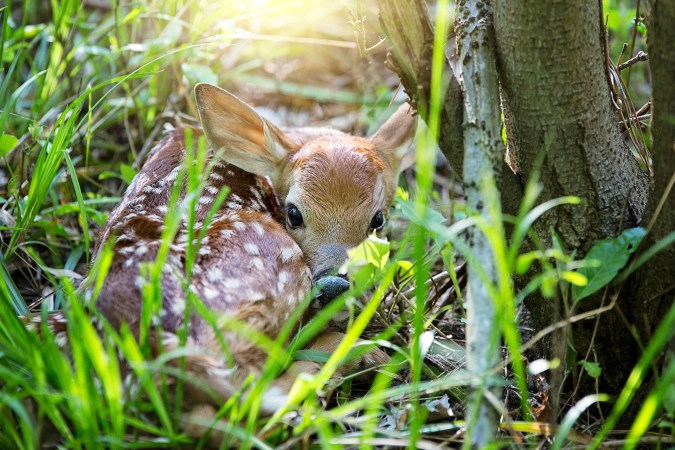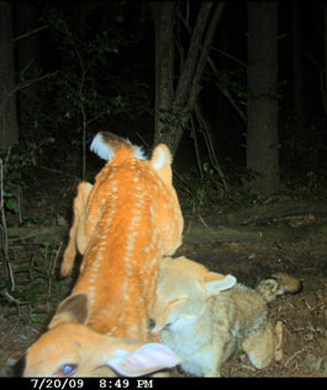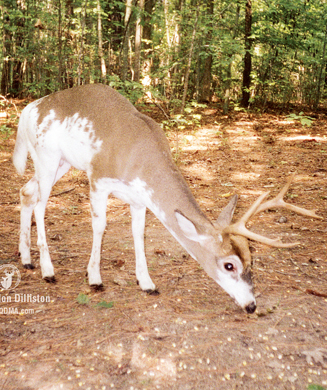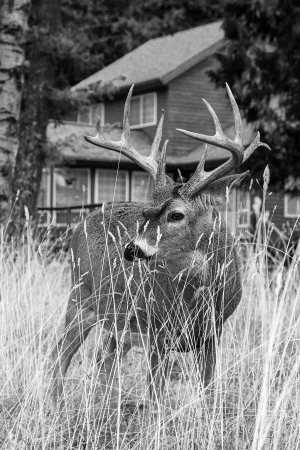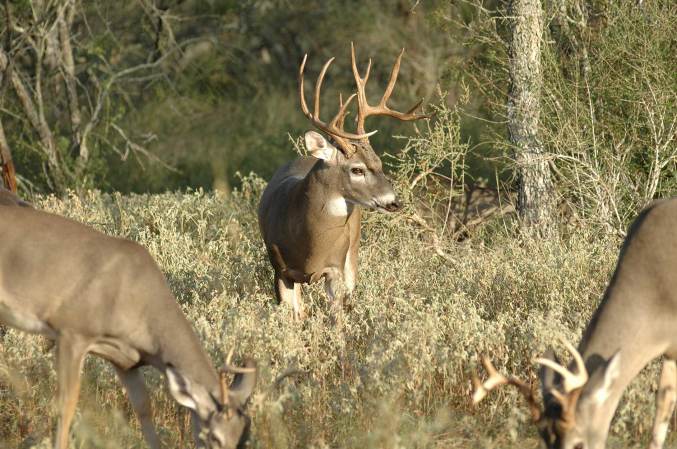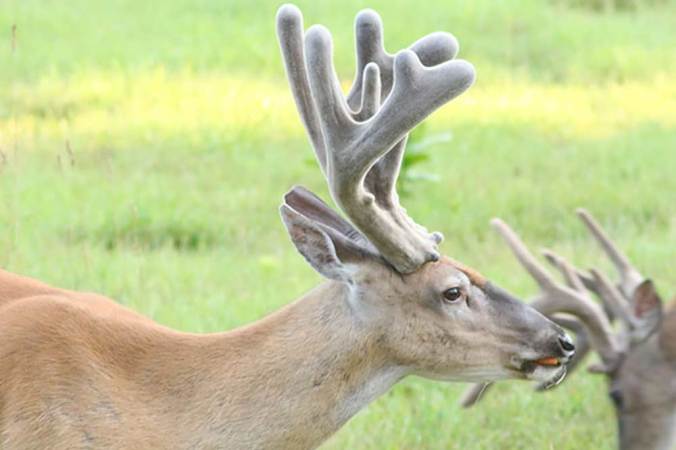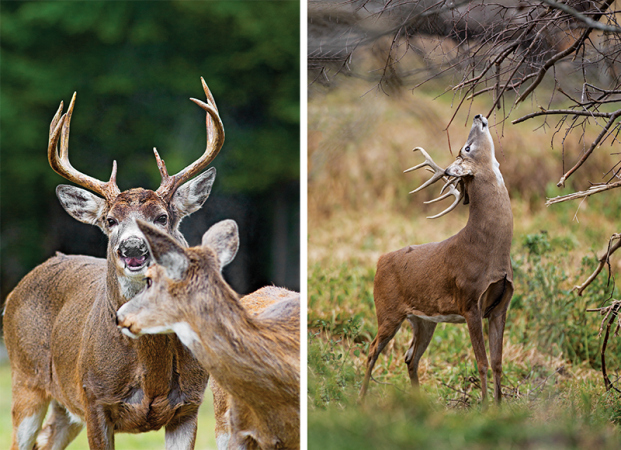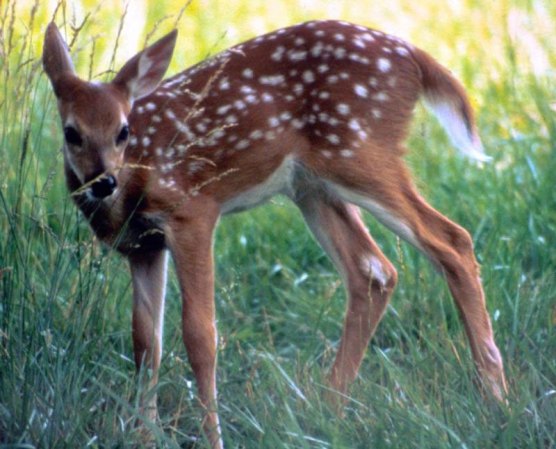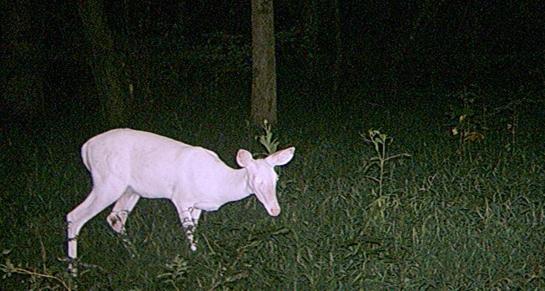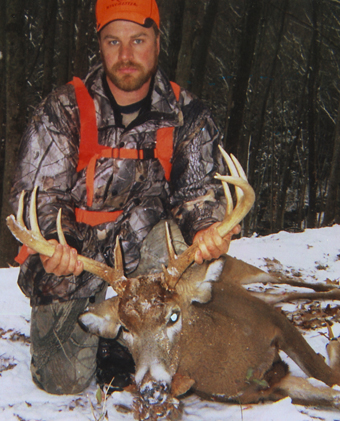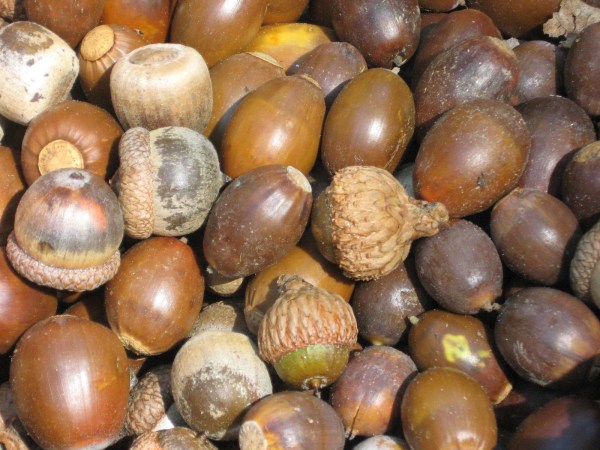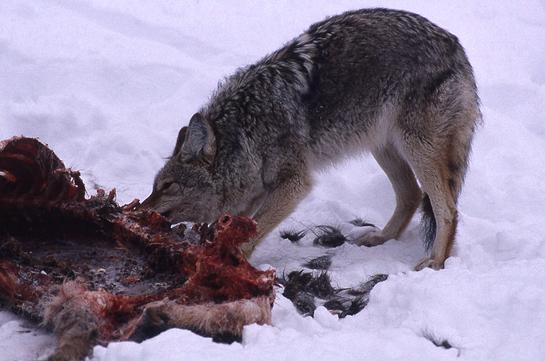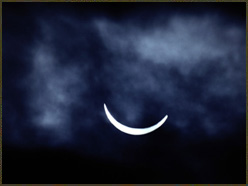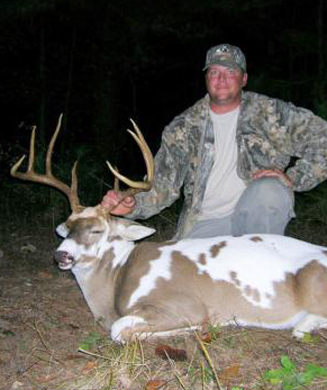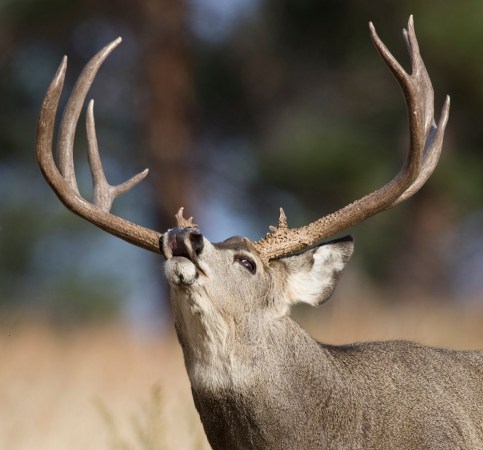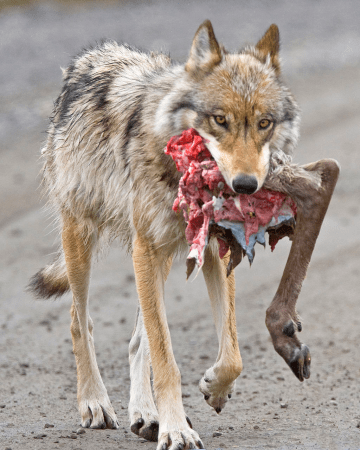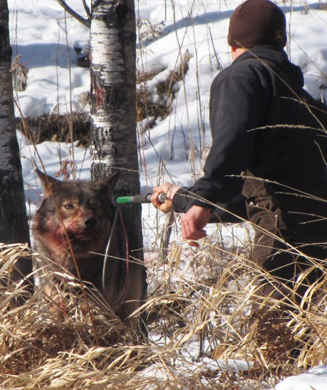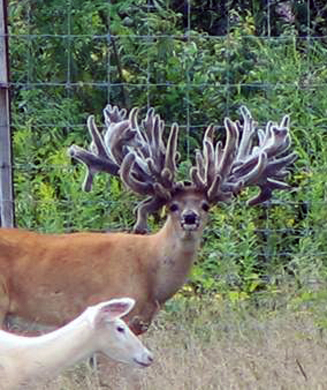The Wyoming Game and Fish Department recently announced the allocation of nearly 3,000 additional licenses to help control the burgeoning deer population near my home. Much of the thinning is focused on whitetails as reported by the department personnel.
That brings up a topic I struggle with when conversing with whitetail nuts like myself. Is one to one the best? I’m referring to the buck to doe ratio. Professional deer managers push for this and there are two main arguments for the one to one ratio.
First, it can aid in maintaining a healthy herd. Too many deer, specifically, does and fawns, can jeopardize nutrition by pressuring browse. By keeping the population in balance the overall herd will benefit by giving bucks ample browse leading to better antler growth. Does and fawns also benefit since healthy does birth healthier fawns and they’ll more than likely birth twins. More food throughout the year means the deer won’t have to rob themselves of fat reserves to make it through difficult seasonal extremes.
The second reason to work towards one to one and the one you’ll enjoy is to increase hunting success. If you’re lucky enough to hunt a region with a one to one ratio you should experience rutting activity with more pursuits than you’ll see at any singles bar. The activity will be hot with increased chasing, better response to calls and even more attention to store-bought scents since each buck will have more competition for does coming into estrus.
If you think one to one is for you, think again. First, look at the size of your property. To get a real grasp on herd management you need to have the majority of the deer in your area living on your property. If your property is too small you’ll have deer moving on and off with no chance to control numbers without the help of area landowners. In most instances you’ll need a property of 500 acres or more to even begin to hold deer on your own land.
Here’s another reason to reconsider one to one. It’s not always a bad thing to have a few extra does around. If your property lies in a region of the country that can experience tough winters with killer characteristics, having a supply of does around isn’t a bad idea for future restocking. The same is true of disease die-offs that can occur with the most tragic being Epizootic Hemmoragic Disease. Also referred to as blue tongue, EHD occurs throughout the whitetail range annually in varying degrees of intensity. Some of the greatest die-offs occur in the Western whitetail zones, but the killer disease exists from the Southeast of the country to the Northwest.
One to one might make for the best hunting, but is it realistic for your deer management plans? That’s a question only you can answer.
